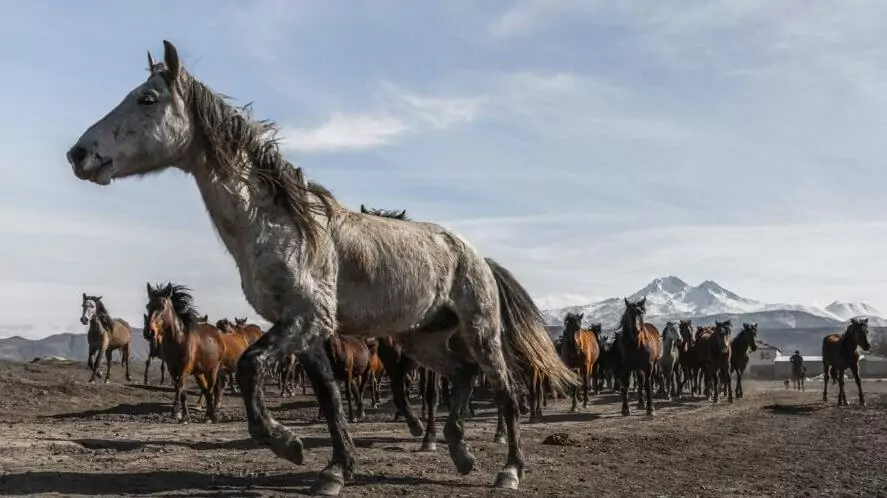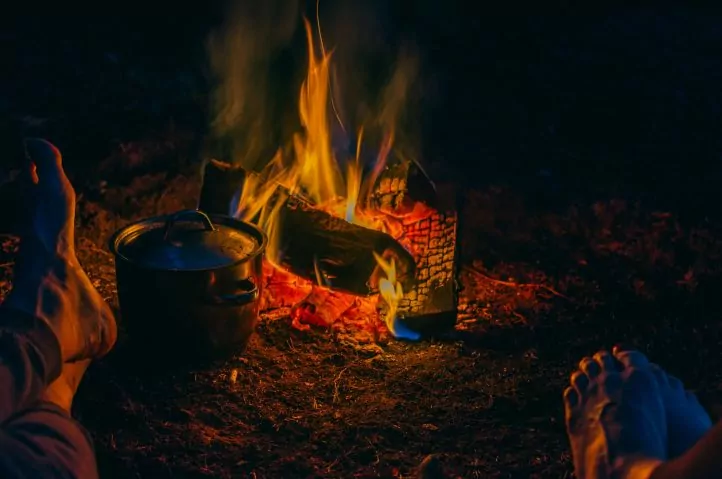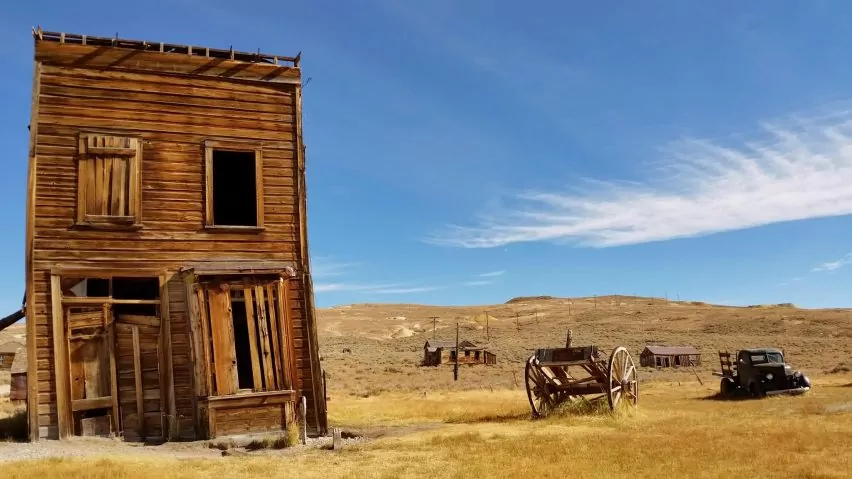Wild West History of Lost Horse Mine

If you’ve ever hiked around Joshua Tree National Park, you may have been lucky enough to come across artifacts from the mining days. This “historic litter” can be old rusted-out food cans, bottle caps and even old vehicles scattered throughout the Joshua trees and creosote bushes.
Finding old rusty artifacts may evoke your imagination. You may picture cowboys, outlaws, and gunfights and honestly, you wouldn’t be far from the truth. The area that is now Joshua Tree National Park- and particularly the Lost Horse Mine- truly does have a wild west history.
As you look out at the barren landscape of the park, you may wonder why people settled in such an inhospitable area. Westerns came here for many reasons: Homesteaders came for free land, ranchers came for grazing space for their cattle, and miners came for the allure of gold and silver.
How Did Lost Horse Mine get its name?

In the late 1800’s a local cattleman named Johnny Lang was living in the area when one of his horses disappeared. Lang tracked the horse down to the camp of local outlaws called The McHaney Gang. When Lang confronted the gang about his horse they threatened to shoot him if he didn’t leave. The message was clear: the horse now belonged to them.
As the now horseless Johnny made the trek back home he ran into a man who had just sampled a rich vein of gold. Despite the exciting find, the man was too afraid to develop the area because it was close to the troublesome gang’s hideout. That man sold the rights of the mining prospect to Johnny Lang. Lang filed a claim for the mining site in December 1893 and called it Lost Horse Mine.
Lost Horse Mine Gets an Upgrade

Johnny Lang & his partners originally processed the ore from the Lost Horse Mine at a 2-stamp mill a few miles away from the mine site. Ore mills require water and there was no water nearby the Lost Horse Mine. Lang and his partners were forced to wheel barrel the ore to the mill where the water was- a physically demanding process.
At the turn of the century, J.D. Ryan- a notable rancher living in the area- bought out Lang’s partners and began running the mine with Johnny Lang. When Ryan joined, he improved the mine site substantially. J.D. Ryan brought a large 10-stamp mill directly to the mine and resourcefully built a steam engine-powered pipeline that ran water to the mill from the well at his nearby ranch. The 3 ½ mile long pipeline gains 750ft of elevation and can still be seen today on the hike out to Lost Horse Mine.
Johnny Lang Gets Greedy

The Lost Horse Mine was the most successful mine in the area, producing over $5 million dollars (in today’s money) worth of gold and silver. Apparently, Johnny Lang wasn’t satisfied with his share of the earnings though. The Ryan began to get suspicious that Lang may have been stealing from the operation. The ball of amalgam collected on Johnny Lang’s night shift was always substantial smaller than what was collected during the day. J.D. Ryan hired a detective to spy on Lang and confirmed that he was stealing gold for himself. When Ryan confronted Johnny Lang he forced him to sell his share of the company. Lang went on to start a small mining operation in what is now Johnny Lang Canyon.
Years later, Johnny Lang’s body was found in a sleeping bag by longtime local Bill Keys. On the multi-day trek to town to get supplies, Lang had made camp for the night and never woke up.




